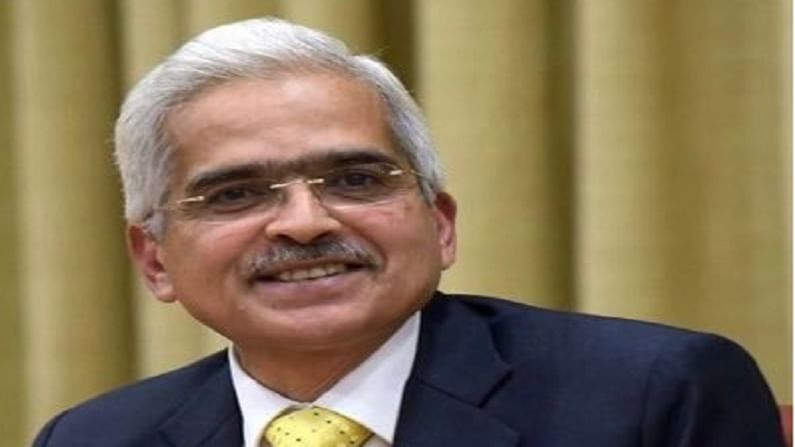India will have heterogeneous banking sector in a decade with four types of banks, says RBI governor Shaktikanta Das
Shaktikanta Das said upgradation of IT infrastructure and improving customer services together with cybersecurity measures are other key issues that also need attention from the banks

Mumbai: The Reserve Bank of India (RBI) foresees a “competitive, efficient and heterogeneous” banking sector with four distinct sets of banks dominating the landscape over the next decade, its governor Shaktikanta Das said on March 25.
There will be large banks having presence across the country and the world, mid-size banks present across the economy, small finance banks/regional rural banks/cooperatives to take care of the small borrowers and digital players, he said.
The comments come days after the RBI appointed a panel headed by former deputy governor Shyamala Gopinath on bank licenses to evaluate applications for universal banks and small finance banks. An internal panel had recently recommended allowing deep-pocketed corporates into the banking fray, something the RBI had been averse to for long. A final view on the controversial proposal is yet to be taken.
“The Reserve Bank is striving towards a more competitive, efficient and heterogeneous banking structure. The licensing policies for universal banks, small finance banks (SFBs) and payments banks are a step in this direction,” Das said speaking at the Times Network India Economic Conclave.
He said at present, there are ten small finance banks and six payments banks which are operational.
“I foresee four distinct sets of banking landscapes emerging in the current decade. The first set will be dominated by a few large Indian banks with domestic and international presence,” Das said.
The second will be mid-sized banks with an economy-wide presence, while the third set would encompass smaller private sector banks, SFBs, regional rural banks and co-operative banks, which may specifically cater to the credit requirements of small borrowers.
The fourth segment would consist of digital players who may act as service providers directly to customers or through banks as their agents or associates, he said, stressing that such players would increasingly emerge as “critical pieces” across all segments.
Meanwhile, Das said maintaining the health of the banking sector remains a policy priority, adding strength to a banking system depends on building its capital base while at the same time focusing on corporate governance and ethics-driven compliance culture.
“Banks and NBFCs need to enhance their skillset to identify risks early, measure them, mitigate the risk proactively and build up adequate provisioning buffers to absorb potential losses. They should also augment their internal stress testing framework with severe but plausible stress scenarios,” he said.
Das said upgradation of IT infrastructure and improving customer services together with cybersecurity measures are other key issues that also need attention from the banks.